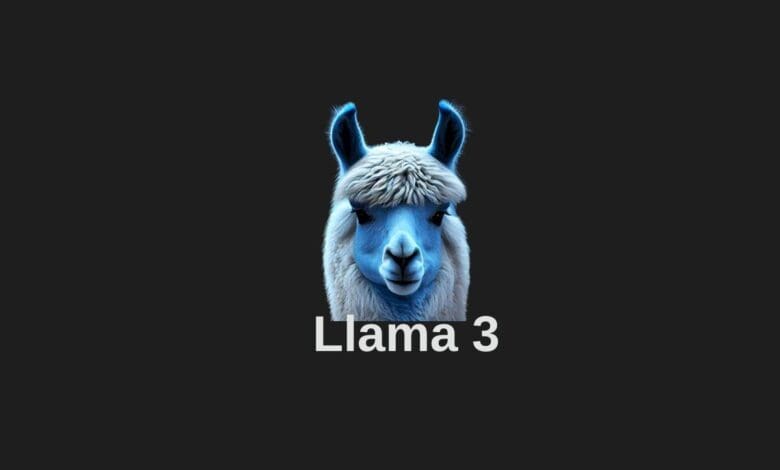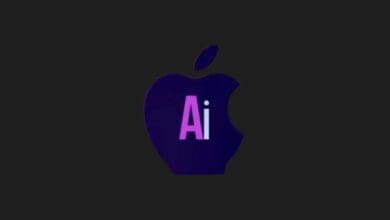Meta Unveils Llama 3: The Most Ingenious AI Model

Meta has taken a significant stride into the artificial intelligence sector with the introduction of its AI assistant, labeled Meta AI, and the launch of a new language model called Llama 3. This move positions Meta competitively against seasoned players like Google, OpenAI, and NVIDIA, showcasing Meta’s commitment to establishing a strong and sustainable presence in the industry.
The highlight of Meta’s recent developments is Llama 3, a language model offered in two versions, which Meta claims to be the most sophisticated open-source model available. This initiative not only broadens the accessibility of advanced AI tools but also challenges the current dominance of established giants by providing a robust alternative that could appeal to developers and researchers worldwide.
Llama 3’s open-source nature is particularly notable as it democratizes AI technology, allowing independent developers to explore, modify, and potentially improve on Meta’s groundwork. This strategy could stimulate innovation in the AI field and lead to more rapid advancements compared to the more controlled approaches by some of Meta’s competitors.
Meta’s entrance into this arena with such compelling offerings could indeed make companies like OpenAI and Google take notice, as it shakes up the competitive landscape and sets the stage for a new era of AI development. Meta’s approach of ensuring permanent and impactful steps, rather than rushing, might be the key to their lasting success and influence in the artificial intelligence industry.
The first two models of the Llama 3 generation come with the names 8B and 70B.

Meta has recently made a significant leap in the AI landscape with its introduction of the Llama 3 language model, which includes variants like the 8B and 70B, denoting 8 billion and 70 billion parameters, respectively. These large-scale models underscore Meta’s commitment to handling a diverse array of scenarios effectively, boasting high performance on industry-standard benchmarks and enhanced reasoning capabilities.
The Llama 3 model is not just a theoretical development; it’s also the driving force behind Meta’s new AI assistant. This integration elevates the assistant’s capabilities, positioning it as a highly advanced tool within Meta’s ecosystem, which includes even their Ray-Ban Meta glasses. The sophistication of these models enables the assistant to perform complex tasks and process information at an unprecedented level.
Although currently focused on text-based models, Meta plans to expand its AI offerings to include multilingual capabilities and the ability to analyze multiple data types. This forward-thinking approach not only broadens the potential applications of Meta’s AI but also sets the stage for more integrated and universally applicable AI tools.
Meta’s strategic deployment of its AI technology, especially embedding it within popular products like the Ray-Ban Meta glasses, demonstrates an aggressive push to capitalize on and lead in the AI domain. This positions Meta as a formidable competitor in the AI race, ready to utilize its full arsenal to maintain and enhance its market position. This proactive approach in the competitive landscape signals Meta’s intent to be a key player in the evolving field of artificial intelligence.
You may also like this content
- AI Tools Are Coming to Opera Android: Here Are the Innovations
- Amazon Introduces Highly Ambitious Next-Generation AI Chip Trainium3
- OpenAI Is Losing the AI Race: “Emergency” Declared for ChatGPT
Follow us on TWITTER (X) and be instantly informed about the latest developments…










